Where Do Hydrangeas Grow Naturally: A Guide To Their Native Habitats
Hydrangeas grow naturally in various parts of the world, particularly across Asia and the Americas. They are predominantly found in countries such as China, Japan, Korea, and Indonesia, as well as in the eastern and southern regions of the United States.
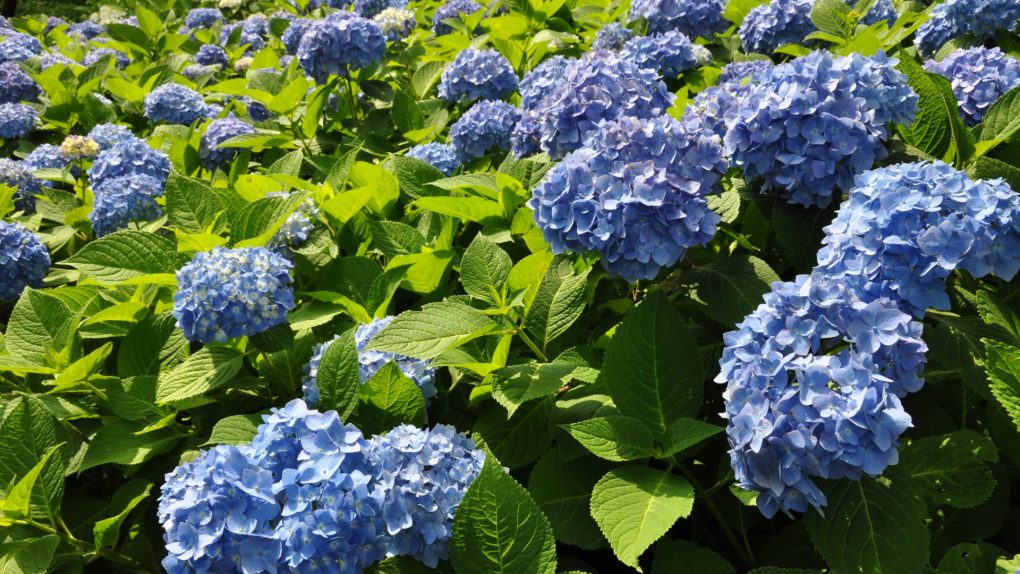
These flowering plants thrive in temperate climates with well-draining, moist soil and partial to full shade. The diverse growing conditions in which hydrangeas are found make them adaptable to various environments, contributing to their popularity in gardens globally.
In addition to their native habitats, hydrangeas are found in many other countries and can now be found growing in a wide range of climates and environments. From the cool mountain forests of the Pacific Northwest to the hot and humid summers of the southeastern United States, hydrangeas can thrive in a variety of conditions as long as they are given the proper care and growing conditions.
Table of Contents
Climatic Requirements
Hydrangeas are a popular flowering shrub that can be found in many gardens and landscapes around the world. While hydrangeas can adapt to a range of growing conditions, they have specific climatic requirements to thrive. Here are the key factors to consider when growing hydrangeas:
Temperature
USDA zones 3-9 are generally suitable for hydrangeas, although their species can differ in their cold and heat tolerance. There are some species that are more cold-hardy than others, and there are some that prefer a warmer climate. Hydrangeas generally grow best in temperatures between 60 and 70 degrees Fahrenheit (15.5 to 21 degrees Celsius).
Rainfall
For hydrangeas to grow and bloom properly, they need consistent moisture. It’s best to plant them in well-draining soil that’s rich in organic matter and can hold moisture without waterlogging. Hydrangeas do best in areas with an average annual rainfall of at least 30 inches (76 cm) per year.
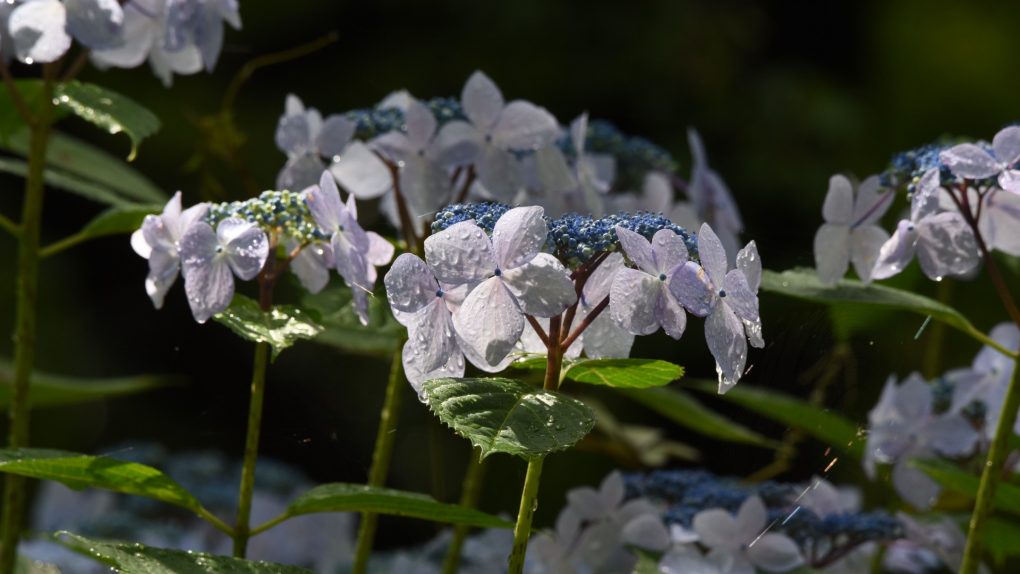
Sunlight
Hydrangeas prefer partial shade, especially in hot climates. Flowers need a few hours of direct sunlight to look their best, but too much direct sunlight can cause the leaves to wilt and the flowers to fade. Generally, hydrangeas do best when planted in a north- or east-facing site, where they will receive morning sun and afternoon shade. Winter sun could cause buds to swell prematurely and make them vulnerable to cold snaps when planted on the south and west sides of your property.
Soil Requirements
Hydrangeas are adaptable plants that can grow in various soil types. However, certain soil requirements must be met to ensure optimal growth and health. This section will discuss the three main soil requirements for hydrangeas: acidity, drainage, and nutrient content.
Acidity
Hydrangeas are famous for their ability to change color based on the pH level of the soil they are planted in. Generally, hydrangeas prefer slightly acidic soil with a pH level between 5.2 and 6.2. When the soil is more acidic, the flowers will be blue, while more alkaline soil will produce pink flowers. Remember that not all hydrangea varieties are affected by soil pH; some will maintain the same color regardless of the soil’s acidity.
Drainage
Good drainage is essential for hydrangeas. They prefer moist soil but cannot tolerate soggy roots, leading to rot and other diseases. To ensure proper drainage, plant hydrangeas in well-draining soil or amend the soil with organic matter such as compost or peat moss. Avoid planting hydrangeas in low-lying areas or areas prone to flooding.
Nutrient Content
Hydrangeas thrive in soil rich in nutrients, particularly phosphorus and potassium. These nutrients can be added to the soil through fertilizers or organic matter such as compost or manure. However, be careful not to over-fertilize, leading to excessive leaf growth and fewer blooms. Nitrogen, phosphorus, and potassium combined in a balanced fertilizer are ideal for hydrangeas.
Hydrangea Species
Hydrangeas are a genus of flowering plants that belong to the Hydrangeaceae family. There are more than 75 species of hydrangeas, and they are native to Asia and the Americas. Here are some of the most common species:
Hydrangea macrophylla
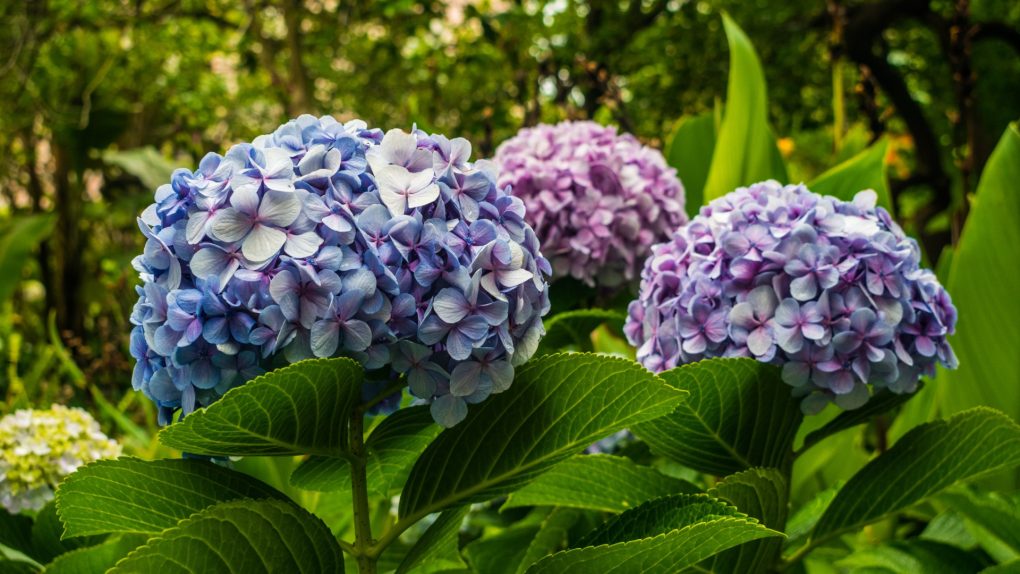
Hydrangea macrophylla, also known as bigleaf hydrangea, is a deciduous shrub native to Japan. It is a popular garden plant due to its large, showy flowers in shades of pink, blue, and purple. This species prefers acidic soil and partial shade, and it is hardy in USDA zones 6 to 9.
Hydrangea arborescens
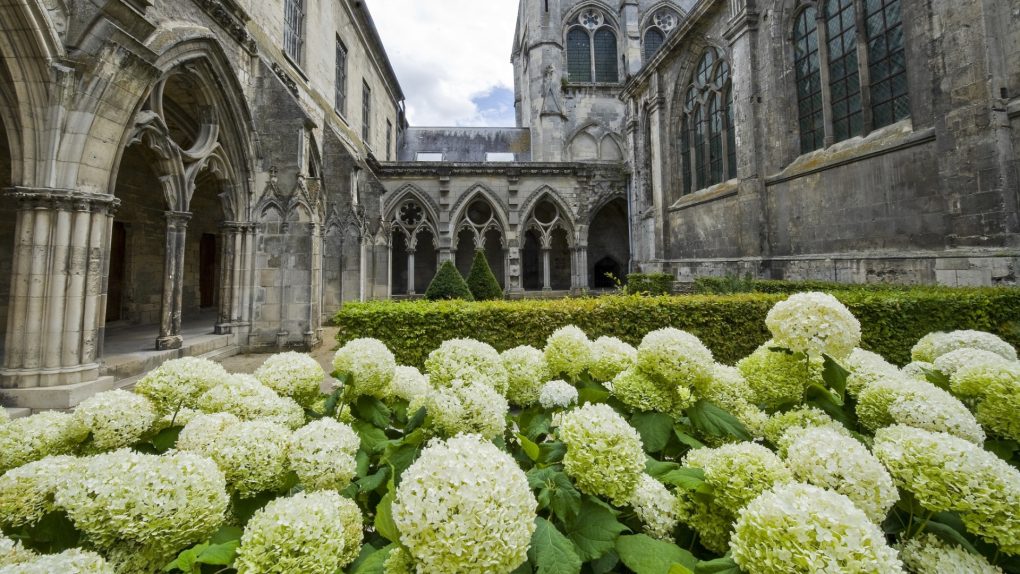
Hydrangea arborescens, also known as smooth hydrangea, is a deciduous shrub native to the eastern United States. It is known for its large, white, spherical flowerheads that bloom in the summer. This species prefers moist, well-drained soil and partial shade, and it is hardy in USDA zones 3 to 9.
Hydrangea quercifolia
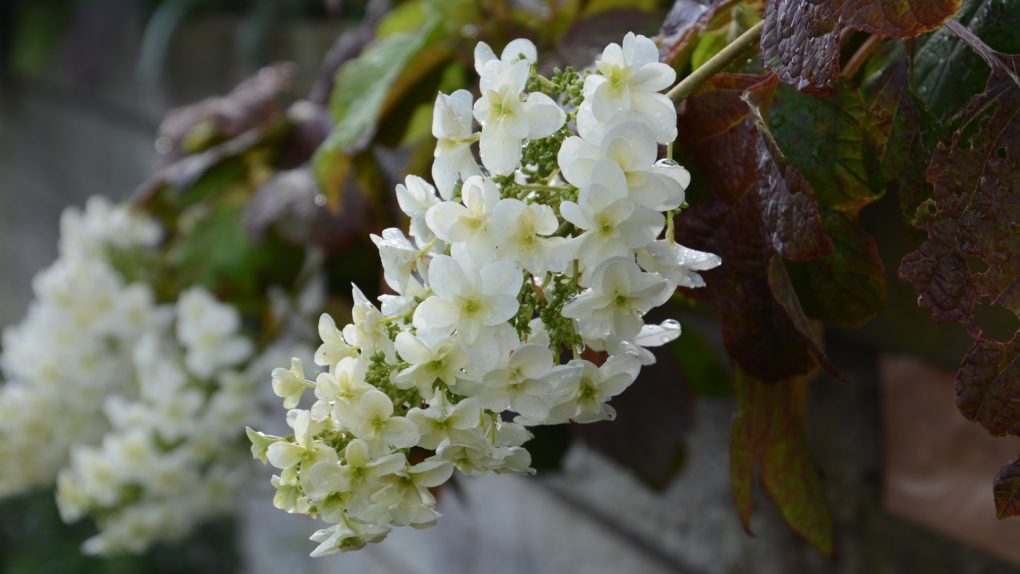
Hydrangea quercifolia, also known as oakleaf hydrangea, is a deciduous shrub native to the southeastern states. It is known for its large, cone-shaped flowerheads that bloom in the summer and its oak-like leaves that turn red in the fall. This species prefers well-drained soil and partial shade, and it is hardy in USDA zones 5 to 9.
Hydrangea paniculata
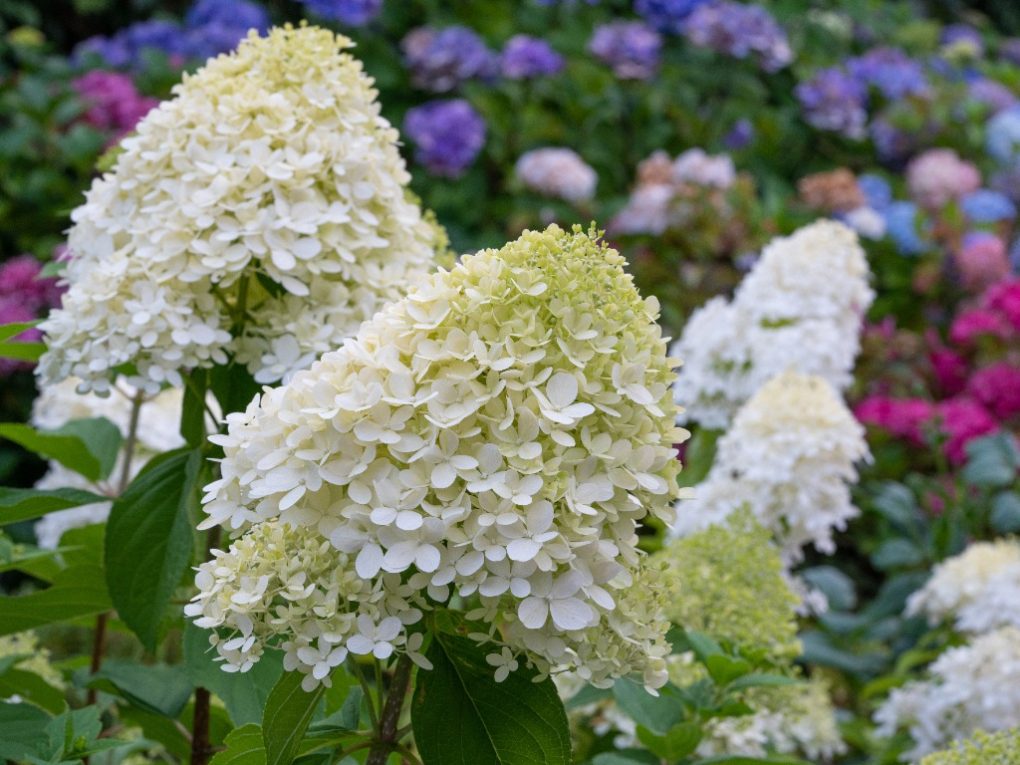
Hydrangea paniculata, also known as panicle hydrangea, is a deciduous shrub that is native to China and Japan. It is known for its large, cone-shaped flowerheads that bloom in the summer and its upright growth habit. This species prefers well-drained soil and full sun to partial shade, and it is hardy in USDA zones 3 to 8.
Hydrangea serrata
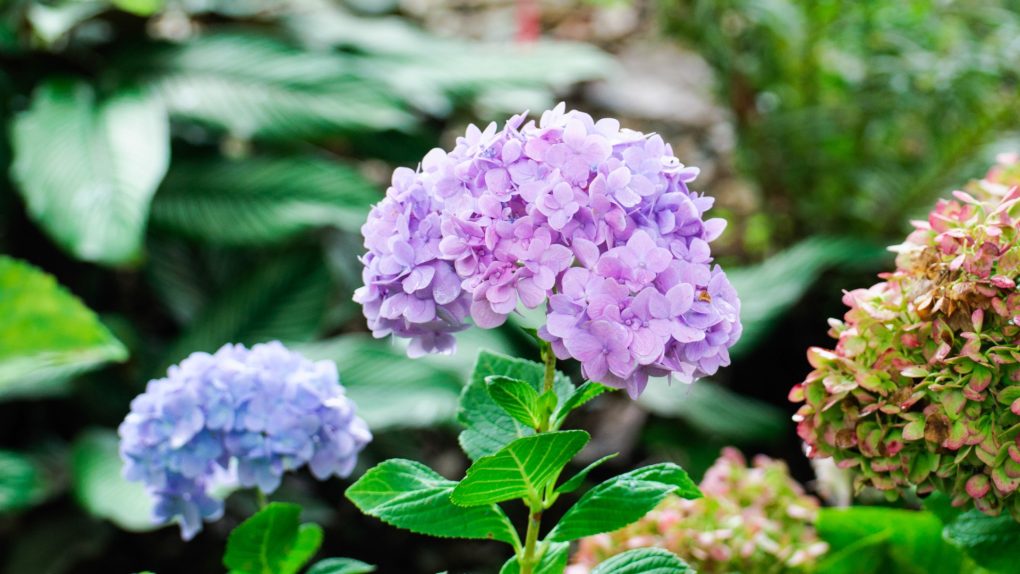
Hydrangea serrata, also known as mountain hydrangea, is a deciduous shrub native to Japan and Korea. It is known for its lacecap flowers in shades of blue, pink, and purple. This species prefers acidic soil and partial shade, and it is hardy in USDA zones 6 to 9.
